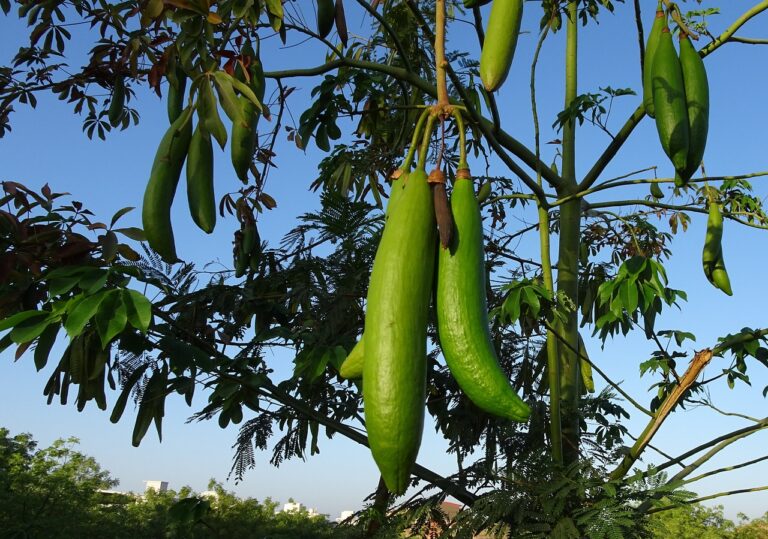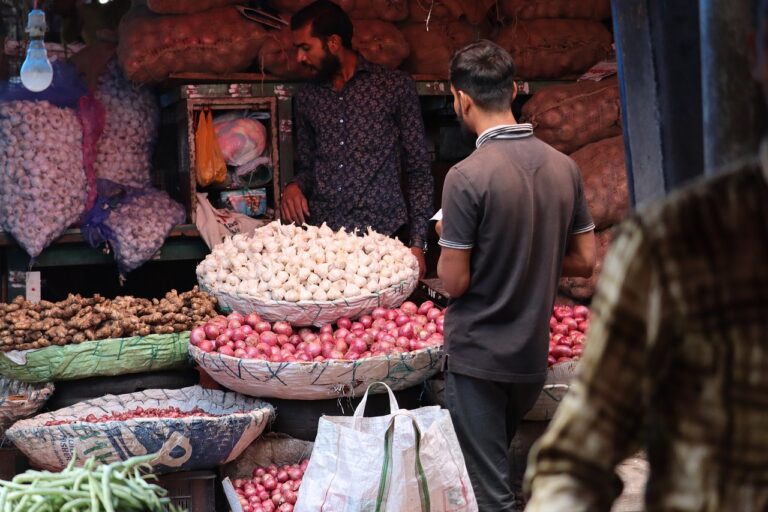Investigating the Influence of Community Gardens on Housing Policy
In urban areas where affordable housing is a pressing issue, community gardens have emerged as a powerful tool for addressing this challenge. These green spaces not only provide residents with access to fresh produce but also contribute to the overall well-being of the community. By creating a sense of pride and ownership among residents, community gardens foster a stronger sense of belonging and connection to the neighborhood.
Moreover, community gardens can play a crucial role in promoting economic stability among low-income families by reducing their grocery expenses. By growing their own fruits and vegetables, residents can save money on groceries, thus freeing up funds that can be allocated towards other essential needs. This financial relief can help alleviate the financial burden on individuals and families struggling to make ends meet in areas with high housing costs.
• Community gardens provide residents with access to fresh produce
• They contribute to the overall well-being of the community
• Foster a sense of pride and ownership among residents
• Promote economic stability by reducing grocery expenses
• Help alleviate financial burden on low-income families
Community Gardens as a Tool for Neighborhood Revitalization
Community gardens have gained recognition for their potential in transforming neighborhoods by fostering a sense of community, promoting health and well-being, and beautifying urban spaces. These communal green spaces offer residents the opportunity to come together, engage in collaborative efforts, and enhance social connections in their local area. By providing a shared space where individuals can grow their own produce, community gardens encourage a greater sense of ownership and pride in the neighborhood, leading to a more vibrant and cohesive community.
In addition to the social benefits, community gardens also contribute to neighborhood revitalization by addressing food insecurity, promoting sustainable practices, and increasing property values. As these gardens provide access to fresh, locally grown produce, they offer a valuable resource to residents who may have limited access to nutritious food options. Moreover, the presence of well-maintained green spaces can enhance the aesthetic appeal of a neighborhood, attracting new residents and businesses, which in turn can lead to economic growth and revitalization efforts within the community.
The Link Between Community Gardens and Gentrification
Community gardens have increasingly become a focal point in discussions surrounding gentrification in urban areas. While these green spaces are often intended to foster community engagement and promote environmental sustainability, their presence has also been linked to processes of neighborhood transformation. As community gardens attract new residents and businesses seeking a “green” and “hip” environment, property values in the surrounding area tend to rise, leading to the displacement of long-time residents who can no longer afford to live there.
The establishment of community gardens in historically underserved neighborhoods can signal the beginning of gentrification processes, as these green spaces may attract investment and development that cater to a more affluent demographic. As such, the presence of community gardens can act as a double-edged sword, offering benefits such as increased access to fresh produce and community engagement while also contributing to the displacement of low-income residents. It is crucial for policymakers and community members alike to critically examine the role of community gardens in the context of gentrification and work towards inclusive development strategies that prioritize the needs of existing residents.
How do community gardens impact affordable housing in neighborhoods?
Community gardens can contribute to gentrification by attracting higher-income residents and increasing property values, potentially displacing long-term residents who can no longer afford to live in the neighborhood.
How can community gardens be used as a tool for neighborhood revitalization?
Community gardens can help bring residents together, improve the aesthetic appeal of a neighborhood, increase access to fresh produce, and create a sense of community pride and ownership.
What is the link between community gardens and gentrification?
Community gardens can inadvertently contribute to gentrification by attracting more affluent residents to a neighborhood, leading to increased property values, higher rents, and potential displacement of low-income residents.







